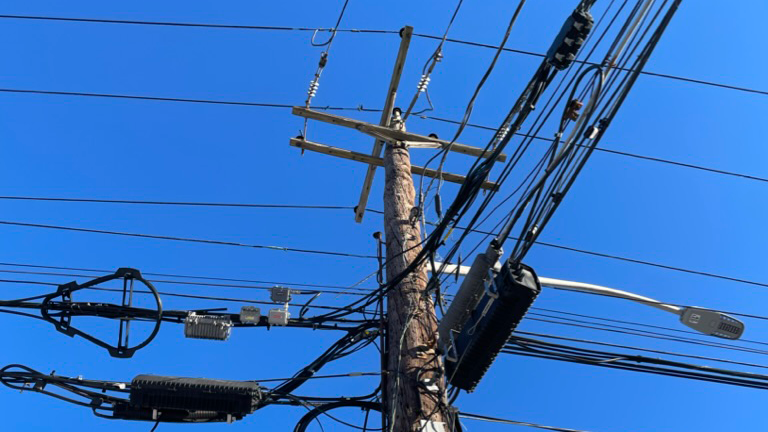
Back in the heady days of the early wireless world, the future titans of the mobile world looked to a future that was, well, wireless. Orange (UK)’s initial tagline was “the future’s bright, the future’s Orange” with the underlying message that it would be a world where wires were no longer necessary. And to an extent, that vision is coming true, with 5G speeds capable of providing a plausible alternative for fixed broadband to the home. Heck, as I mentioned in my previous blog, my home internet speed is a theoretical 50 Mbps (realistic speed of 10-30 depending upon the whims of the network), while my LTE-based mobile service provides a more constant 40 Mbps.
Orange was biased, of course. It was a pure-play mobile carrier, emerging at the cusp of digital mobile service (2G for everyone!) that looked down on the idea of a home telephone service, and barely noticing the slow-creep emergence of Internet services. Fast forward 30-odd years and the future looks set to be a far more nuanced balance between wire and wireless services. Yes, on the one hand the mobile carriers talk up the benefits of 5G as an alternative to wires, but with their other hand, they seem to be quickly looking to acquire good old traditional telecom companies that provide (wired) broadband services.
T-Mobile was the first, launching a joint venture with investment firm EQT that included the acquisition of Lumos, which serves 320,000 households across North Carolina, South Carolina and Virginia. T-Mobile further acquired Metronet in July (in a joint venture with KKR), which has roughly 500,000 customers (and passes 2 million homes). Verizon has now joined the fray, announcing the acquisition of Frontier for $20 billion. Frontier has 2.2 million fiber subscribers in 25 states, significantly expanding Verizon’s fiber to the home solution.
For Verizon, this acquisition is, in many ways, a more natural fit than T-Mobile’s moves. Verizon is, fundamentally, a full telecom company with a long heritage of delivering Internet (and Plain Old Telephone Service for that matter) to the home. T-Mobile, like Orange, is – or was – a pure-play wireless carrier that is now moving into the more “traditional” fixed internet to the home solution. But both carrier strategies make sense. There is a large, untapped base of homes that currently have poor (or no) internet options. 35% of US homes currently have sub-broadband (less than 25 Mbps) to the home (Source: Connected Intelligence Broadband America Report, April 2024) and this is a market that T-Mobile, Verizon and others are targeting with their Fixed Wireless Access solutions. The growth of these solutions is significant: T-Mobile and Verizon have close to 10 million subscribers combined after just a few years since FWA’s launch.
But FWA can only deliver so much. Wireless solutions are limited by the amount of spectrum that is available in any given market area and the potential subscriber base is far greater than the spectrum can sustain. And, of course, even a wireless solution still needs fiber for the backhaul from the cell towers in order to provide the most efficient speeds. The future may be bright, and of many logo colors rather than simply orange… but it certainly won’t be a wire-free one. Expect more acquisitions to follow as these carriers – and potentially AT&T – look to broaden their national footprints.